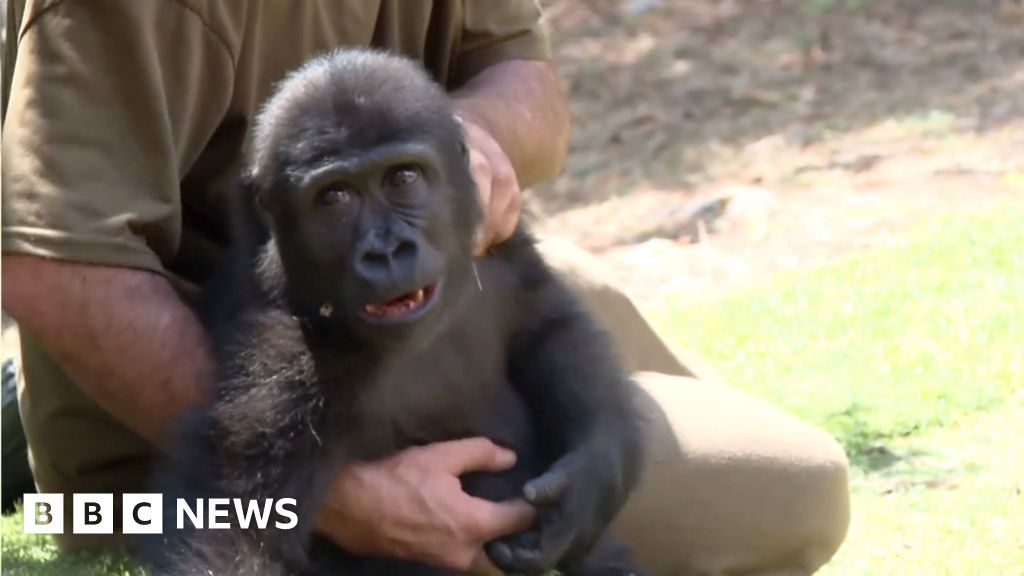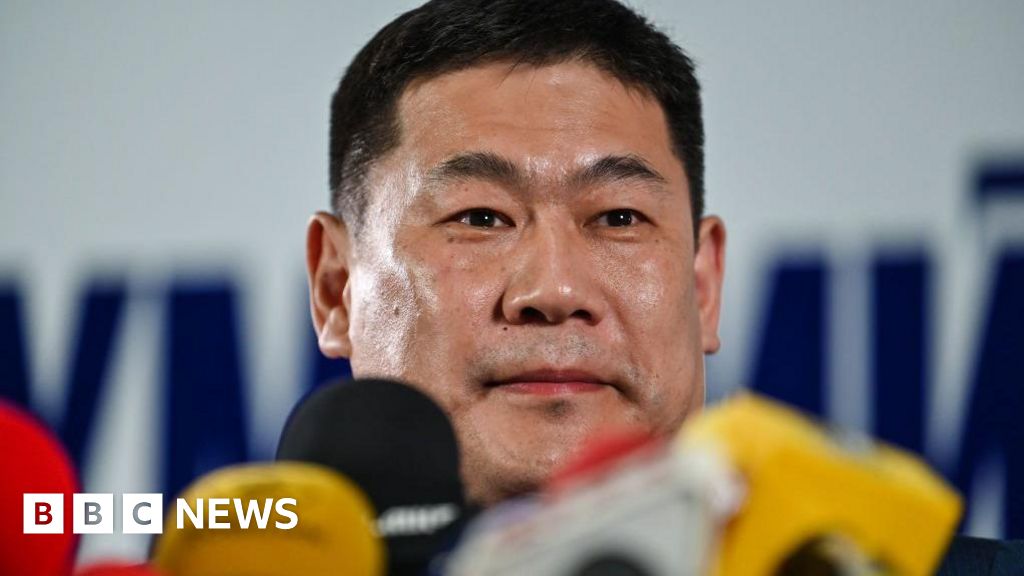ARTICLE AD BOX
President Trump has ordered the federal government to invest in and streamline the U.S. domestic drone industry, which has struggled to compete with Chinese drone manufacturers that currently dominate the trade.
Mr. Trump signed three executive orders to enable commercial operations like drone deliveries and allow for greater testing.
The order instructs the administrator of the Federal Aviation Administration (FAA) to expand drone operations by enabling routine “Beyond Visual Line of Sight” operations for commercial and public safety missions. It also calls for accelerating the development and testing of American drone technologies, including advanced air mobility and autonomous operations.
The policies also essentially update federal regulations to clarify where commercial drones can legally be flown after unauthorized movements of unmanned aircraft occurred over the U.S.
“The president [on] Week One wanted us to take this issue seriously because of the national fury over the events, over New Jersey, we have been working diligently on multiple EOS since then, and why not? Just because of what happened over New Jersey [in 2024], anyone can go online right now and just look at footage from the Ukraine,” said Counter Terrorism National Security Council Senior Director Sebastian Gorka.
“How an otherwise innocent technology is being utilized in very innovative ways for good and bad, and the timing couldn’t even be better than it is today, given what we witnessed with the remarkable drone operations that occurred just a few days ago in Russia,” he said.
Craig Singleton, a senior China fellow at the Foundation for the Defense of Democracies, hailed the executive action as a major step in confronting the national security risks posed by Chinese drones.
“This executive order marks a long-overdue investment in drone deterrence,” Mr. Singleton said. “Drone warfare isn’t a future threat — it’s already here. Low-cost high-impact drones are reshaping modern battlefields, from Ukraine strips deep into Russian territory to efforts aimed at turning the Taiwan Strait into a ’drone hellscape’ for China’s military.”
On Sunday, Ukraine used relatively inexpensive drones to launch a surprise attack on a significant portion of Russia’s long-range bombers. The unprecedented blitz was the most stunning blow Ukraine has dealt to Moscow and Kyiv did it with low-tech, low-cost drones.
The attack, however, has launched fears that the U.S. could be increasingly vulnerable to a similar strike.
Beyond their attacking capabilities, drones have also induced panic and fear that would be advantageous for America’s adversaries. Late last year, concerns were raised after a slew of drones were spotted over sensitive sites in New Jersey, including a nuclear power plant, military research facility and Mr. Trump’s Bedminster golf club.
The Biden administration struggled to explain the sightings, but records released by the Transportation Department last month revealed they were actually authorized to be flown by the FAA. The records said what eyewitnesses saw were aircraft moving in a formation to create the illusion of hovering like a drone.
Speculation about a potential ban on Chinese drones has been floated for years. In 2022, the Treasury Department added eight Chinese drone manufacturers to its list of companies that raise national security concerns and banned American companies from exporting technology to them.
One of those Chinese manufacturers, DJI, has been in a lengthy legal fight with the U.S. over being placed on the Treasury Department’s list.
The U.S. military has been banned from using Chinese drones since 2018, and local police departments in Florida, Mississippi and Tennessee have had similar bans in place.
President Biden signed a defense bill last year that required the U.S. to evaluate whether communications and video surveillance equipment made by Chinese manufacturers pose an “unacceptable risk” to U.S. national security. The results of that review are supposed to be completed within one year of the bill’s Dec. 23, 2024, signing date.
If the review isn’t concluded in the one-year time frame, DJI and another Chinese company will be unable to obtain new licenses for their wireless transmitters from the Federal Communications Commission, which would essentially be a de facto ban on flying in the U.S.
Banning Chinese drones has drawn strong bipartisan support on Capitol Hill. Sens. Mark Warner, Virginia Democrat, and Rick Scott, Florida Republican, introduced a bill last year to blacklist Chinese drone manufacturers.
In addition to national security concerns, some lawmakers have raised alarms about Chinese drone manufacturers pushing their American counterparts out of business.
Currently, 90% of drones used by America’s first responders are made in China, according to data from Rep. Elise Stefanik, New York Republican. She introduced a bill this month to block Chinese drones from being used by local police and fire departments.
DJI is said to control 70% of the global drone market.
The executive orders provide for the selection of at least five “Vertical Takeoff and Landing” pilot projects to advance applications like cargo transport and medical response, and direct the FAA Administrator to deploy artificial intelligence tools to streamline and expedite drone waiver reviews.
These orders also cover commercially operated drones, which are usually smaller than the massive unmanned aircraft flown by the U.S. military and the CIA.
The new policy instructs the federal government to secure the drone manufacturing supply chain, thereby reducing reliance on adversarial nations and to address the growing threat of criminal terrorists and foreign misuse of drones in U.S. airspace.

 2 months ago
89
2 months ago
89








 English (US) ·
English (US) ·